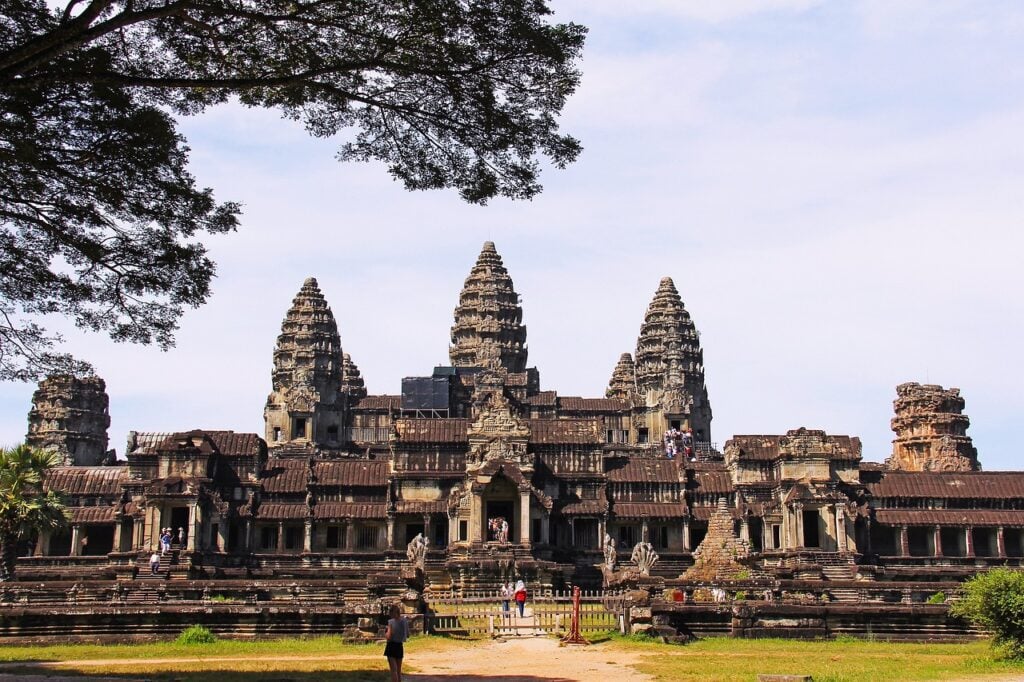The “Churning of the Sea of Milk” focuses on a traumatic history, climate damage and efforts to preserve cultural heritage
23 Jan 2025

“The Churning of the Sea of Milk” is a story of a young Filipino scholar who is backpacking in Siem Reap in 2012 but the memory is recollected in 2023. In his journey, he meets a Khmer scholar who is visiting the Angkor Wat to pray. Their encounter enables the persona to learn about the deep knowledge of ancient Khmer people regarding irrigation which was responsible in sustaining their farming, making them one of the most powerful empires in Southeast Asia. The persona also learns about their sophisticated skills in architecture and the centrality of their spirituality in the configuration of their temples. But all these vanished because of long droughts and civil wars that destroyed the waterways and the Angkor temples. The encounter serves as a metaphorical reconstruction of the ruins, a study of the past which is also a journey in the reconstitution of the self in the present. The Filipino scholar and the Khmer scholar parts ways in the end but the persona’s memory of the encounter continues to persist in his present, enriches it, and melds it with his cinematic inner life.
The “Churning of the Sea of Milk” merges memory studies, film studies, and film techniques to perform an elucidation of the Khmers’ deep knowledge of hydraulics intertwined with their politics, their architectural ambitions that altered landscapes and waterscapes in Siem Reap which were necessary to ensure their survival as a people. It offers a reading of the ruins of the Angkor Wat to reveal their dark traumatic past in the hands of Pol Pot, the erosion of ecosystems through a changing climate, and their massive effort to reconstruct and save the Angkor Wat as their architectural and cultural heritage. On a personal level, it is an analysis of healing of the traveler-persona who will be saved by the memory of his encounter with a Khmer scholar few years later. The essay is framed by In the Mood for Love by Wong Kar-wai but provides a narrative inflection by infusing it with queer subjects. The narrative is a churning of the present, past, not-so-distant past, and the future into one extended filmic reading of the Siem Reap River.
Author: Elio Garcia (UP Film Intitute)
Read the full paper: https://archium.ateneo.edu/cgi/viewcontent.cgi?article=2085&context=kk
Image by Sharon Ang from Pixabay
